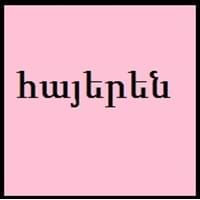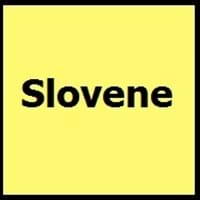Armenian vs Slovene
- The first language into which Bible was translated is Armenian.
- Christianity was recognized as a national religion in 301 by Armenia Country.
- The Freising Monuments is the oldest preserved records of written Slovene from 10th century.
- The first Slovene book was printed in 1550.
Armenian and Slovene Language History
Comparison of Armenian vs Slovene language history gives us differences between origin of Armenian and Slovene language. History of Armenian language states that this language originated in late 5th century whereas history of Slovene language states that this language originated in 972-1093. Family of the language also forms a part of history of that language. More on language families of these languages can be found out on Armenian and Slovene Language History.
Armenian and Slovene Greetings
People around the world use different languages to interact with each other. Even if we cannot communicate fluently in any language, it will always be beneficial to know about some of the common greetings or phrases from that language. This is where Armenian and Slovene greetings helps you to understand basic phrases in Armenian and Slovene language. Armenian word for "Hello" is Բարեւ (Barev) or Slovene word for "Thank You" is Hvala. Find more of such common Armenian Greetings and Slovene Greetings. These greetings will help you to be more confident when conversing with natives that speak these languages.
Armenian vs Slovene Difficulty
The Armenian vs Slovene difficulty level basically depends on the number of Armenian Alphabets and Slovene Alphabets. Also the number of vowels and consonants in the language plays an important role in deciding the difficulty level of that language. The important points to be considered when we compare Armenian and Slovene are the origin, speaking countries, language family, different greetings, speaking population of these languages. Want to know in Armenian and Slovene, which language is harder to learn? Time required to learn Armenian is 44 weeks while to learn Slovene time required is 44 weeks.





